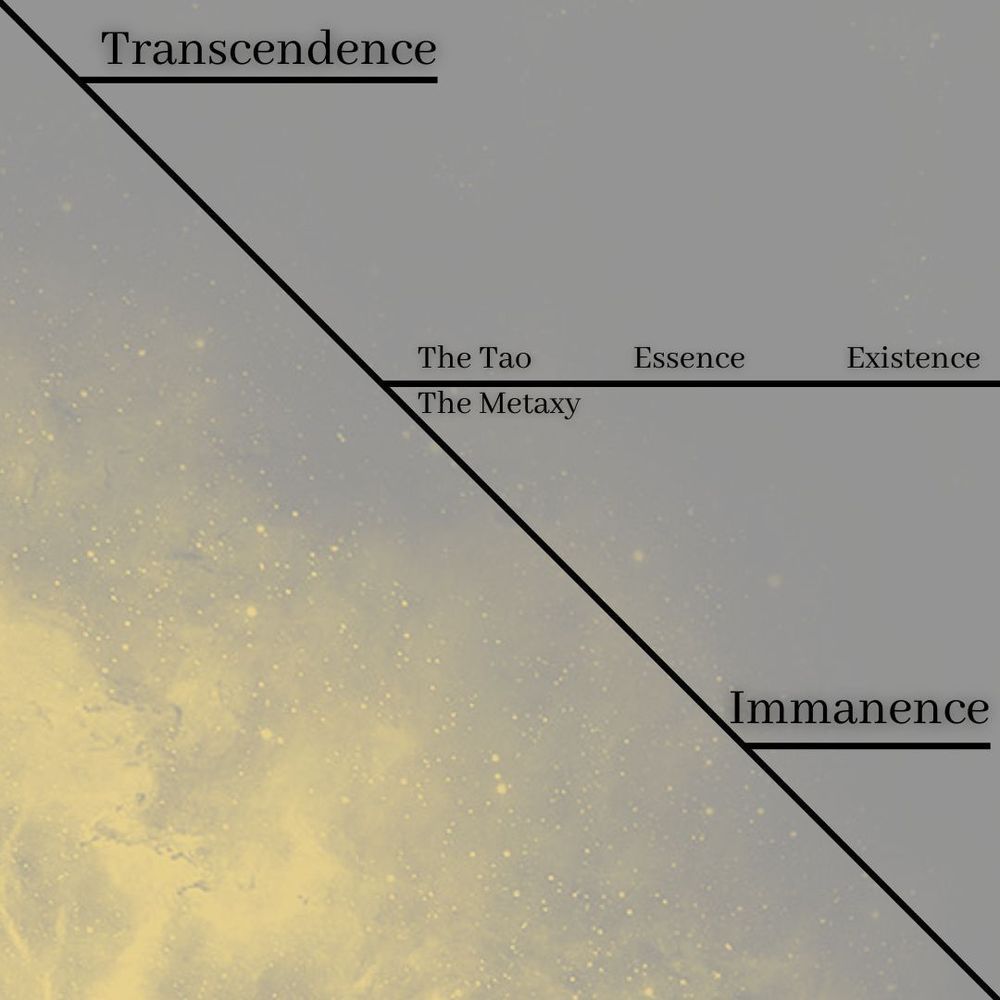Chicago’s top lofty attempts to keep up its “greatness” are futile, even a little bit embarrassing; but the discovery of the city’s hidden humility inspires. Her skyscrapers (or skygropers as W.H. Auden would have called them) are not just handsome boasts like the John Hancock Center, but that same building’s famous X-frame laid gently on its side at Saint Procopius Abbey in the suburbs; not only the classical pretensions of Chicago City Hall, but the Icarus and Daedalus mosaics warnings of hubris across the street; not just the visible civic success of Daniel Burnham’s planning ambitions, but the fragments of Louis Sullivan’s lost buildings which haunt the Art Institute of Chicago like material ghosts. Chicago is not just Samuel Insull’s infamous “throne” (the Civic Opera house), but the memory of the same man, his ego unseated, whispering “Rose Bud” in Citizen Kane; not just the cantilevered marvel of 150 North Riverside, balanced by penthouse water tanks, but the apophatic hole left by the Chicago spire that was never built; not just her bumptious ecclesial attempt to imitate Paris by replicating Sainte-Chapelle at Saint James Chapel, but a storefront Pentecostal prayer meeting; not just her effort, at the Methodist Chicago Temple, to make the city’s tallest building a church (the reign lasted only seven years), but a lowly Easter sunrise gathering on Oak Street Beach. In short, Chicago’s strength is in her weakness, and a humble walk through Northerly Island’s decommissioned airport, now a nature preserve, is preferable to a party paradise weekend on Palm Island in Dubai.
All of this because T.S. Eliot’s assertion that “humility is endless” applies to cities as well, to those moments when they transmogrify from Augustine’s City of Man to the City of God before one’s jaded eyes, when they reflect not only the New Babylon but the New Jerusalem as well. Which is to say, Chicago demands to be defined not just by a school of architecture, university, political machine, sports team, or style of pizza. The architect Philip Bess attempted to supply this missing dimension by re-imagining the city in After Burnham: Notre Dame Plan of Chicago 2109. The Notre Dame reference does not just recall the school in South Bend, nor is it simply a reference to the church of that title, Notre Dame de Chicago, whose Mary defiantly challenges Ceres, the goddess of grain atop the Chicago Board of Trade. But it evokes, of course, a person: Our Lady herself, “Mother of Mercy, Mother of Divine Grace, Mother of Hope” (to cite the Litany of Loreto), each of which she tenderly inflicts upon an undeserving city below.
Chicago and the Virgin Mary are no doubt in some kind of mystical cahoots. Why else would Marc Chagall have wrenched the city’s greatest Marian rose window from the guarded precincts of archdiocesan headquarters (now right by a Bentley dealership) and re-installed it, in his celebratory mosaics, in the sky above the city itself? When the thirty-four-foot tall Millenium Mary toured the city in 1999 (she has since been exiled to Indiana), or even when “Our Lady of the Underpass” supposedly appeared in a salt stain in 2005 under the Kennedy Expressway, Mary’s message should have been clear enough. Carl Sandberg may have observed Chicago’s “painted women under the gas lamps luring the farm boys,” but others among us see the city “prepared as a bride for her husband.” The poet saw the city “laughing even as an ignorant fighter laughs who has never lost a battle,” but her winning streak long broken, many now see her, still wracked with incalculable violence, weighted with Marian sorrow instead. Mary and Chicago are transcendentally tethered, so it seems to me at least; but which of the city’s many virgins get the honorary title “Our Lady of Chicago” is not so easy to decide.
Explicit connections between Chicago and the Virgin Mary have been made for nearly three and a half centuries. When Father Jacques Marquette canoed through the area that is now called Chicagoland, he was sufficiently entranced by the Kaskasia Indians, and they with him, that he accommodated their request to return. It would be his last journey before his death. At the Grand Village of Kaskasia (now Utica, Illinois) in Holy Week of 1675, Marquette celebrated Mass before more than a thousand Indians, and (according to Dablon’s postscript to Marquette’s journals), the priest unfurled “four large pictures of the blessed Virgin,” dedicating the area to her.










